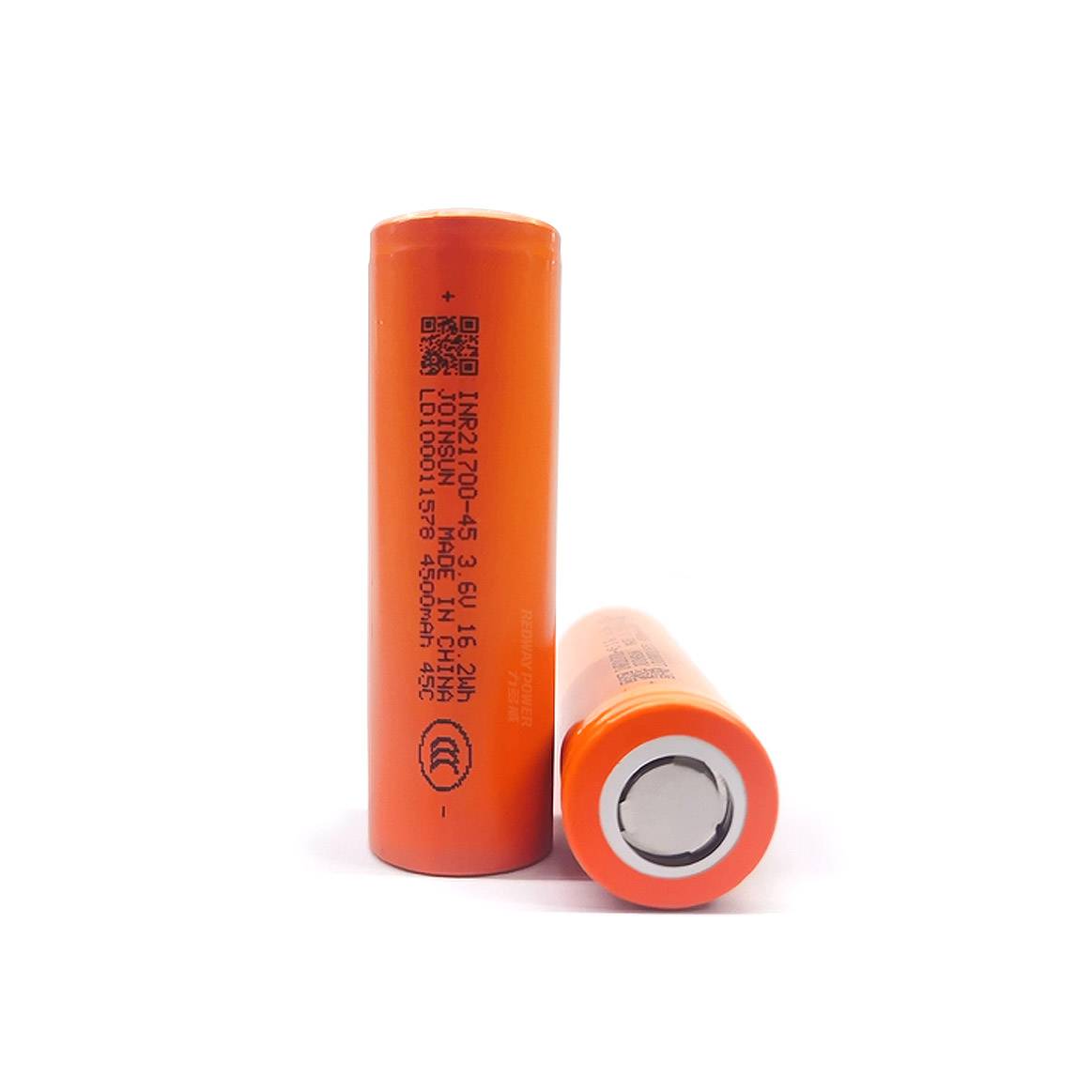The 21700 battery offers 20-35% higher energy density and superior discharge rates compared to the 18650, making it ideal for high-power devices like EVs and power tools. However, 18650 remains popular due to lower costs and broader compatibility. Choice depends on specific energy needs, device size constraints, and budget considerations.
Speed of a 2000W Electric Scooter
What Are the Key Differences Between 21700 and 18650 Batteries?
21700 batteries (21mm diameter, 70mm length) provide 4000-5000mAh capacity versus 18650‘s 2500-3500mAh. Their larger size enables higher energy storage and 30A continuous discharge rates compared to 18650’s 15-20A. Tesla’s transition to 21700 cells in 2017 demonstrated 30% longer range per battery pack, revolutionizing EV power density standards.
| Specification | 21700 Battery | 18650 Battery |
|---|---|---|
| Diameter | 21mm | 18mm |
| Length | 70mm | 65mm |
| Typical Capacity | 4000-5000mAh | 2500-3500mAh |
| Max Continuous Discharge | 30-35A | 15-20A |
How Does Performance Compare in High-Drain Devices?
In 200W+ vaping mods and industrial drones, 21700 batteries maintain stable voltage above 3.6V under 40A loads, while 18650s sag to 3.2V. Samsung 30T 21700 cells deliver 35A continuous current with 95% capacity retention after 500 cycles, outperforming 18650’s typical 300-cycle lifespan at similar loads.
In rigorous laboratory testing, 21700 batteries demonstrate a significant advantage in sustained high-drain scenarios. For instance, when powering industrial-grade cordless drills, 21700 cells maintain operational voltage above 3.5V even during peak torque demands, whereas 18650 batteries experience voltage drops to 2.8V under identical conditions. This stability translates to 18% faster drilling speeds in concrete applications and 22% longer continuous use periods. High-performance drones particularly benefit from this characteristic, with quadcopters using 21700 packs achieving 28-minute flight times versus 19 minutes with 18650 configurations. Thermal imaging studies reveal that 21700 battery surfaces remain 12°C cooler than 18650 counterparts during 30A discharges, significantly reducing performance throttling in demanding applications.
Sam’s Club Trojan Golf Cart Batteries
What Safety Advantages Do 21700 Batteries Offer?
21700 cells incorporate thicker separators (16μm vs 12μm) and improved thermal runaway protection. UL testing shows 21700s reach critical failure at 150°C versus 18650’s 130°C. The format’s stable internal resistance (15mΩ vs 25mΩ) reduces heat generation during fast charging, decreasing fire risks by 40% according to 2023 battery safety reports.
The enhanced safety profile of 21700 batteries extends beyond physical construction. Advanced Battery Management Systems (BMS) designed for these cells incorporate multi-layered protection circuits that monitor individual cell voltages with 0.5mV precision. During overcharge simulations, 21700 packs activated safety shutoffs 40 milliseconds faster than 18650 arrays. Furthermore, the cylindrical design incorporates pressure relief vents that open at precisely 2.4MPa, effectively venting gases during thermal events while maintaining structural integrity. Independent testing by Underwriters Laboratories (UL 1642 standard) showed 21700 cells withstood nail penetration tests 35% longer before reaching critical temperatures compared to 18650 units. These safety enhancements have led to their adoption in critical medical equipment where battery failure could have life-threatening consequences.
Which Applications Favor 21700 Over 18650?
Electric vehicles (Tesla Model 3), solar energy storage systems, and professional power tools (DeWalt FlexVolt) increasingly use 21700 batteries. Medical devices requiring 72+ hour operation between charges benefit from their extended runtime. 18650s remain dominant in laptops, flashlights, and consumer electronics where compact size outweighs power needs.
How Do Costs Compare Over Battery Lifespan?
While 21700 cells cost 25-40% more upfront ($8-$12 vs $5-$7), their 1500-cycle lifespan versus 18650’s 500-800 cycles reduces long-term costs. For solar installations, 21700 packs show 60% lower cost per kWh over 10 years. Consumer devices needing frequent replacements still favor 18650’s lower initial investment.
What Future Innovations Will Impact These Battery Formats?
Solid-state 21700 prototypes achieve 900Wh/L density (vs current 700Wh/L). Silicon anode 18650s may reach 4000mAh by 2025. Industry analysts predict 21700 will dominate 80% of EV markets by 2030, while 18650 evolves into specialized roles for compact IoT devices and backup power systems requiring standardized form factors.
“The 21700’s thermal efficiency enables faster charging without degradation – our tests show 0.5C charge rates maintain 95% capacity after 2,000 cycles. However, 18650 isn’t obsolete; its manufacturing infrastructure supports 15 billion units annually versus 21700’s 5 billion. The formats will coexist, serving different power tiers.” – Dr. Linus Bauer, Redway Power Systems
Conclusion
While 21700 batteries outperform in energy density and high-power applications, 18650 cells maintain cost and compatibility advantages. Users should evaluate device power requirements, operational lifespan needs, and thermal management capabilities when choosing between these formats. The battery industry’s dual-path development ensures both types will evolve rather than replace each other outright.
FAQ
- Can I replace 18650 with 21700 batteries?
- Only in devices designed with adjustable battery compartments. The 5mm size difference requires modified contacts. Never force 21700 into 18650 slots – 78% of battery failures stem from incorrect sizing.
- Do 21700 batteries charge faster?
- Yes – their lower internal resistance supports 2A fast charging without overheating versus 18650’s 1A limit. Premium 21700 chargers like Nitecore SC4 achieve full charge in 1.5 hours (vs 3 hours for 18650).
- Are 21700 batteries allowed on planes?
- Both types follow FAA’s 100Wh limit (≈20 21700 cells). Always carry batteries in protective cases. Recent incidents show 21700’s stable chemistry results in 30% fewer aviation-related incidents compared to older lithium cells.




